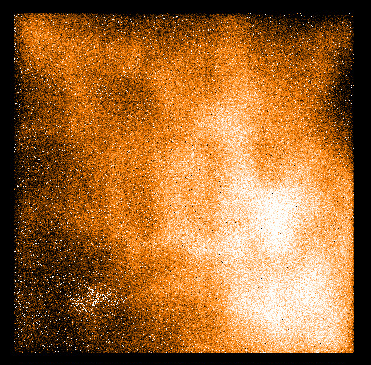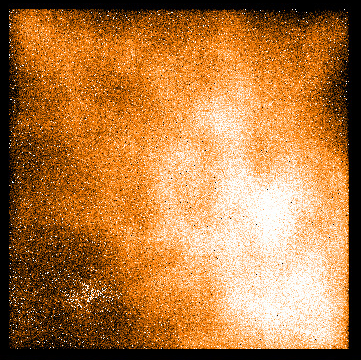 mirror sites:
PL (internal link)
HQ
[?]
mirror sites:
PL (internal link)
HQ
[?]
Quality Control and
Data Processing
SPHERE: IFS Background
IFS background calibration frames are acquired with the DIT and NDIT of the dark frames. No prism is in the optical for background frames, however the background has a very small dependency on the CPI dichroic INS4.OPTI13.NAME=DIC_H or DIC_K. The pipeline does not (yet) subtract the dark of the same DIT. From the technical point of view the difference between an IFS dark frame and an IFS background frame is, that in dark the key INS.COMB.ICOR = N_NS_OPAQUE, which means that all three coronograhic elements are OPEN and the OCS1.INS.OPTI1.NAME = CLOSED, while in a background frame INS.COMB.ICOR = N_NS_CLEAR, which means that again all three coronopgraphic elements are OPEN and the INS.COMB.ICOR = OPEN as well.
 IFS background rate
IFS background rate
The instrumental background depends on the dichroic in the common path interface (CPI). INS4.OPTI3.NAME=DIC_K means the YJH-bands are switched to IFS (and IRDIS receives the K-band alone). INS4.OPI13.NAME=DIC_H means the YJ-bands are switched to IFS and H and K is switched to IRDIS. Scoring&thresholds IFS background rate The background rates are scored for both dicroic and three values of DIT. The background frames consist of the dominating detector dark current (monitored by the IFS dark level plot) and a small component originating from the instrument. The reported QC parameters cover the instrumental background radiation plus the dark level of the detector. The background has a minor dependenece on the CPI dichroic which can be INS4.OPTI13.NAME=DIC_H or DIC_K and a major dependence on the IFS bench temperature. The background is stable within the known ambient temperature fluctuations since begin of operations.
qc_median: counts in the background frame (dark is not subtracted)  IFS persistence
IFS persistence
Two types of peristence have been observed so far.
SPHERE IFS day-time calibrations are generated in an order to avoid persistence. Persistence can show up only in situations, when the sequence is aborted and continued again due to operational reasons. The trending started in 2020. Historic data have been reprocessed back to 2017. Scoring&thresholds IFS persistence The values are not scored.
The QC parameter is simply: the median counts in the pipeline product in a window P = [770, 130 --- 850, 1440] minus the median counts in window B = [640, 1470 --- 720, 1570]. Window P (pinhole) is the area where the pinhole slice pattern can show up and window B (background) is the area off the pinhole slice pattern areas on the detector. This QC parameter is sensitive to pinhole persistence only. |
|||||||||||||||||||||||||||||||||||||||||||||||||||||||||||||||||||||||||||||||||||||||||||||||||||||||||||||||||||||||||||||||||||||||||||||||||||||||||||||||||||||||||||||||||||||||||||||||||||||||||||||||||||||||||||||||||||||||||||||||||||||||
| |
|||||||||||||||||||||||||||||||||||||||||||||||||||||||||||||||||||||||||||||||||||||||||||||||||||||||||||||||||||||||||||||||||||||||||||||||||||||||||||||||||||||||||||||||||||||||||||||||||||||||||||||||||||||||||||||||||||||||||||||||||||||||
 |
|
||||||||||||||||||||||||||||||||||||||||||||||||||||||||||||||||||||||||||||||||||||||||||||||||||||||||||||||||||||||||||||||||||||||||||||||||||||||||||||||||||||||||||||||||||||||||||||||||||||||||||||||||||||||||||||||||||||||||||||||||||||||

